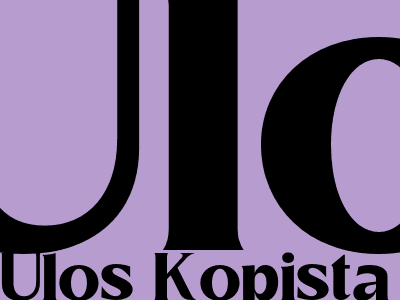
Ulos Kopista: Exploring the Traditional and Cultural Significance of Batak Woven Textiles
Introduction
Ulos Kopista is a traditional woven textile created by the Batak people in North Sumatra, Indonesia. It is known for its intricate patterns, vibrant colors, and cultural significance. This blog post explores the history, production process, and symbolism of Ulos Kopista, highlighting its role in Batak culture and its enduring appeal in modern times.
Historical Origins
The art of Ulos Kopista weaving has been passed down through generations in Batak communities for centuries. Its origins can be traced back to ancient animistic beliefs, where textiles were believed to possess spiritual power and were used in rituals and ceremonies.
Traditional Production Process
Creating Ulos Kopista is a time-consuming and skilled process. It involves several stages:
- Gathering and preparing raw materials, such as cotton or silk
- Dyeing the threads using natural or synthetic dyes
- Warping and setting up the loom
- Weaving the fabric, using traditional techniques and patterns
- Finishing and decorating the textile with fringes and embroidery
Cultural Significance
Ulos Kopista holds immense cultural significance for the Batak people. It is an integral part of their traditional attire and is used in various ceremonies and rituals, including weddings, funerals, and religious festivals.
Symbolism and Patterns
Each Ulos Kopista pattern carries specific meanings and symbols. These patterns often depict stories, traditions, and beliefs of the Batak people. Some common motifs include:
- The "piga" motif, which represents strength and unity
- The "gorga" motif, representing fertility and prosperity
- The "unta" motif, representing good fortune and longevity
Contemporary Relevance
In recent years, Ulos Kopista has gained popularity beyond Batak communities. It has become a symbol of Indonesian cultural heritage and is used in modern fashion, home décor, and art. Designers incorporate Ulos Kopista motifs into contemporary clothing, accessories, and homeware, showcasing its timeless appeal.
Conclusion
Ulos Kopista is a testament to the rich cultural traditions of the Batak people. Its intricate patterns, vibrant colors, and cultural significance have made it an enduring symbol of Indonesian heritage. Whether used in traditional ceremonies or contemporary fashion, Ulos Kopista continues to captivate and inspire, showcasing the enduring power of textiles in human cultures.